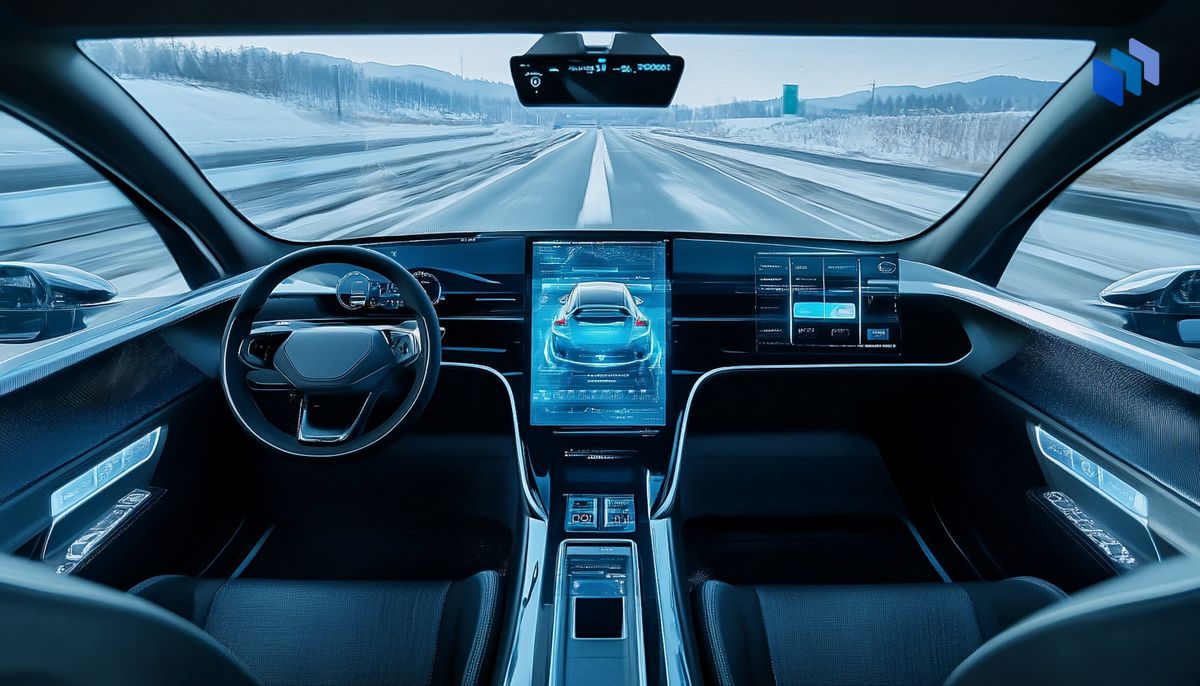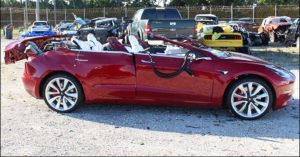Alphabet-owned Waymo has unveiled its 6th-generation autonomous vehicle (AV) hardware, which introduces significant improvements in performance while reducing costs. This latest iteration of the Waymo Driver builds on the advancements of the 5th-generation system, which has already enabled the company to expand its ride-hailing service across multiple cities in the United States.
The 6th-generation Waymo Driver is equipped with a state-of-the-art sensor suite that includes 13 cameras, 4 lidar units, 6 radar sensors, and a collection of external audio receivers (EARs). This combination of sensors has been meticulously optimized to deliver superior performance without compromising safety. One of the standout features of this new hardware is its ability to provide overlapping fields of view around the vehicle, extending up to 500 meters. This extensive coverage is effective both day and night and in a wide range of weather conditions, ensuring that the vehicle can operate safely and efficiently under various circumstances.
Waymo’s latest sensor suite has already accumulated thousands of miles of real-world driving experience and millions more in simulation. This extensive testing is crucial, as the Waymo Driver continually learns and improves from the collective experiences of the entire fleet, including vehicles equipped with previous hardware generations. This iterative learning process allows Waymo to refine its technology continuously, ensuring that the Waymo Driver remains at the forefront of autonomous driving innovation.
One of the key advancements in the 6th-generation Waymo Driver is the reduction in the number of sensors while maintaining the necessary safety-critical redundancies. According to Satish Jeyachandran, Waymo’s Vice President of Engineering, this achievement is made possible by advancements in sensor technology and strategic placement. “We’ve been able to reduce the number of sensors while maintaining our safety-critical redundancies,” Jeyachandran explained.
Additionally, the modularity of the sensor suite enables Waymo to swap out various sensing components to better suit specific operating environments. For example, vehicles operating in colder climates can be equipped with sensor cleaning systems designed to handle snow and ice. This flexibility ensures that Waymo’s autonomous vehicles can adapt to a wide range of conditions, further enhancing their reliability and safety.
Overall, the introduction of the 6th-generation Waymo Driver marks a significant milestone in the development of autonomous vehicle technology. With its enhanced sensor suite, improved performance, and continued focus on safety, Waymo is well-positioned to advance its mission of making autonomous driving a reality on a larger scale.







